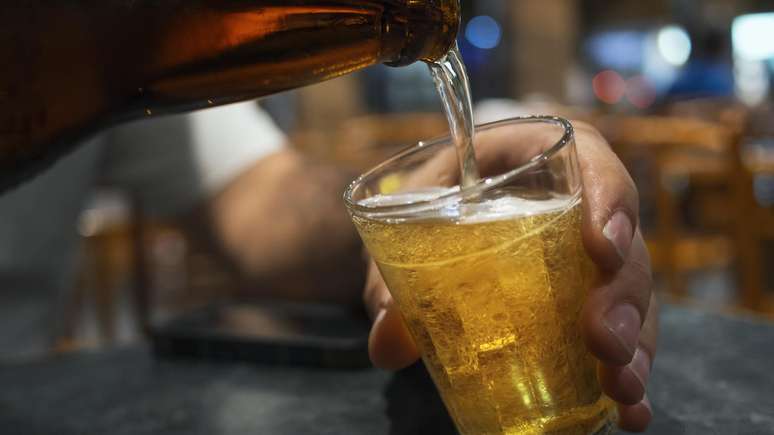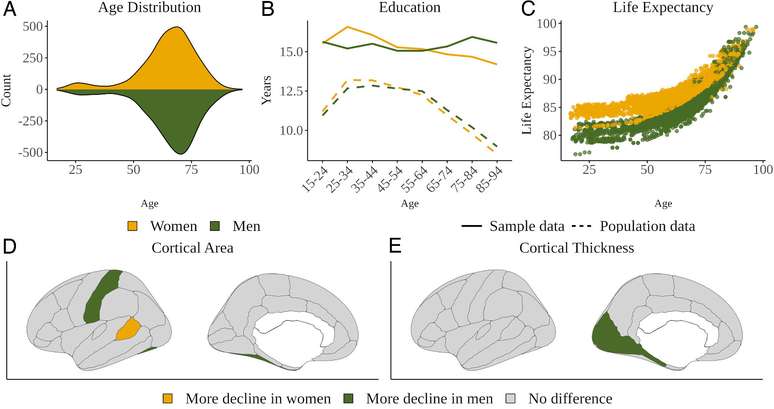Brazil follows the WHO recommendation that no amount is safe; there is, however, a value that is considered moderate for completely healthy people.

A recent change in Canada’s drinking recommendation has drawn attention to its stringency: According to the document, the only safe amount of alcohol is zero, not a drop.
Unlike Canada, Brazil does not have a consensus determined by a national medical entity, but follows the recommendation of the WHO (World Health Organization), which also states that there is no absolutely safe pattern of alcohol consumption.
There are currently no official definitions for standard dose and moderate consumption in Brazil.
The CISA (Health and Alcohol Information Center) considers that a standard dose corresponds to 14 g of pure ethanol in the Brazilian context. This corresponds to 350 ml of beer (5% alcohol), 150 ml of wine (12% alcohol) or 45 ml of spirits (such as vodka, cachaça and tequila, with approximately 40% alcohol).
The WHO, on the other hand, defines a standard dose of 10 g of pure ethanol, and recommends that men and women not to exceed two doses a day and to abstain from drinking at least two days a week.
According to the Canadian guideline, the amount of one dose for women and two doses for men as a limit is also considered a low amount, but per week, not per day, as outlined by the WHO.
“You have to consider that Canada is a powerhouse in terms of guidelines [diretrizes] of health. In the field of the commercialization of marijuana, it was the first country with a large economy to legalize it, and very serious studies are being carried out”, evaluates Arthur Guerra, psychiatrist and president of CISA.

“This one about alcohol is a hard and strong recommendation – and of course I’m not against it, these are considerations based on medical studies. But you also have to consider the sociocultural point of view – depending on the country, it’s something very easy to break. If a couple sharing a bottle of wine at a celebratory dinner, that’s already out of bounds,” says Guerra.
“This moderate consumption, however, takes into account the body of a completely healthy person – without any chronic diseases, such as diabetes and hypertension, which reach about 9% and 26% of Brazilians respectively, or even individuals who have a family history of alcoholism,” points out Álvaro Pulchinelli, toxicologist at Fleury Medicina e Saúde.
“Thus, recommendations such as the WHO and the Canadian ones, which are quite strict, reflect the truth for the majority of the population, as there are no well-defined values of what safe alcohol consumption would be in all situations,” adds the doctor.
According to the president of Cisa, the same goes for those with psychiatric illnesses.
“Patients with diseases such as depression, anxiety, schizophrenia, should not consume alcohol. [bebedeira] and regular is totally contraindicated,” says Guerra.
“The indicative moderate consumption, however, takes into account the body of a completely healthy person – without any chronic diseases, such as diabetes and hypertension, which affect approximately 9% and 26% of Brazilians respectively, or even individuals who have a history of alcoholism,” underlines Álvaro Pulchinelli, toxicologist at Fleury Medicina e Saúde.
“Thus, recommendations such as the WHO and the Canadian ones, which are quite strict, reflect the truth for the majority of the population, as there are no well-defined values of what safe alcohol consumption would be in all situations,” adds the doctor.

There is no point in making “savings” on the drink limit
How everyone consumes their drinks also needs to be taken into consideration.
“Of course, people would be at a loss with large amounts of weekly intake, or that amount when the individual says they won’t drink for the entire week. Oh, so can I discount all of Saturday? No, it doesn’t work, it doesn’t it’s savings in the bank, you say, oh, I saved and now I can spend,” says the toxicologist.
Pulchinelli points out that those who drink “heavy” on weekends have as much risk as the chronic “drinker”.
“Those who exaggerate in a single day stress the body twice: with the alcohol itself and with overload. That’s why the guidelines have started talking about a daily limit instead of a weekly one”.
Risks of excessive or prolonged alcohol consumption
Alcohol consumption is a causal factor in more than 200 diseases and injuries, according to WHO.
Among the comorbidities, the habit is linked to an increased risk of serious noncommunicable diseases, such as cirrhosis of the liver, some cancers and cardiovascular disease, as well as injuries resulting from violence and traffic accidents, as well as alcohol dependence.
Another data from the World Health Organization indicates that about 80% of deaths in which alcohol was a “major factor” occurred in three of the most populous countries: United States (36.9%), Brazil (24.8%) and Mexico (18.4%).
For people with the disease, in addition to the health risks, alcohol dependence can lead to harm to other people, such as family and friends, difficulties maintaining relationships, both professional and personal, and financial loss.
Source: Terra
Ben Stock is a lifestyle journalist and author at Gossipify. He writes about topics such as health, wellness, travel, food and home decor. He provides practical advice and inspiration to improve well-being, keeps readers up to date with latest lifestyle news and trends, known for his engaging writing style, in-depth analysis and unique perspectives.








